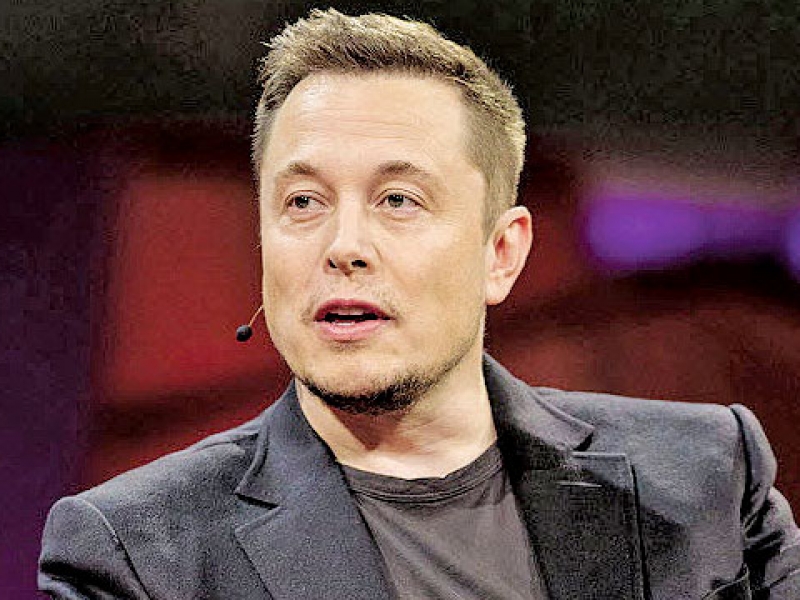Tesla prepares for its next production hell
By Muhammad JuniadPublished On 02 Mar 2023

NEW YORK: Elon Musk wants to address every “investor in Earth.” The boss of electric-vehicle leader Tesla (TSLA.O) kicked off its first-ever shareholder day Wednesday with a sweeping case for transitioning the planet to clean energy.
Buried within the rambling presentation was a simpler goal: a cheap car. Making one is plenty ambitious, requiring radical cost cuts. Getting there will be a tough drive with an uncertain end date.
Demand woes are already threatening Tesla’s breakneck growth: cars delivered to customers have run below production of late, spurring the company to cut prices. With big dreams of reaching 20 million in annual sales in 2030 double what global leader Toyota Motor (7203.T) currently delivers hopes have revolved around a long-promised cheaper car priced, Musk has said before, at $25,000.
The much-hyped vehicle, though, did not appear at the event, which Musk pitched as his third master plan for the company after previous strategy missives in 2016 and 2006. Disappointment helped drive shares down 6% in after-hours trading. Still, slides picturing cloaked, unannounced vehicles and talk of affordability kept the dream alive. Most promising was a presentation showing manufacturing and battery improvements reducing the cost of a “next gen vehicle” by 50%.
That would potentially make a cheap car viable. Tesla’s average selling price was nearly $51,500 in the most recent quarter, with gross profit less regulatory credits per car delivered at around $12,500, implying roughly $40,000 per-vehicle costs. Halving that would yield a 20% gross margin on a $25,000 price.
A mere $5,000 in absolute gross profit, though, would leave little room for research and development and other operating expenses, which ran to $4,545 per car delivered last quarter. It also requires that all planned cost reductions go perfectly. Even if they do, they might not stick: Tesla’s automotive gross margin less credits fell from 30% at the beginning of 2022 to 24% at the end as inflation bit; recent discounts threatening more drag.









